Nowadays, carbon is the most widely used material in bicycle manufacturing. It combines strength and lightness to produce frames with unparalleled performance. Moreover, engineers can let their imagination run wild and design highly innovative bicycles that improve rider’s performance (as long as the UCI allows it). But for a carbon frame to work and look as good as if it were brand new, it has to be properly taken care of. Here are some carbon bike maintenance tips:
Be careful and well-informed
If you just got your first carbon frame bike, remember to be extra careful. Before you do anything beyond pedaling with your carbon beast, seek out information and do your research. Posts like this one can be of extra help.
Start by reading the user’s manual you can find on the manufacturer’s website. You can also get help at the store where you bought the bike as well as on internet forums, webs and social media.
The more quality information you get, the better. Keep in mind that simply overtightening the seatpost clamp bolt can damage a carbon frame. So be careful. And if you don’t know how to do it or don’t feel like learning all the extra info, then simply take the bike to the shop.
Think how to store, transport and park your bike
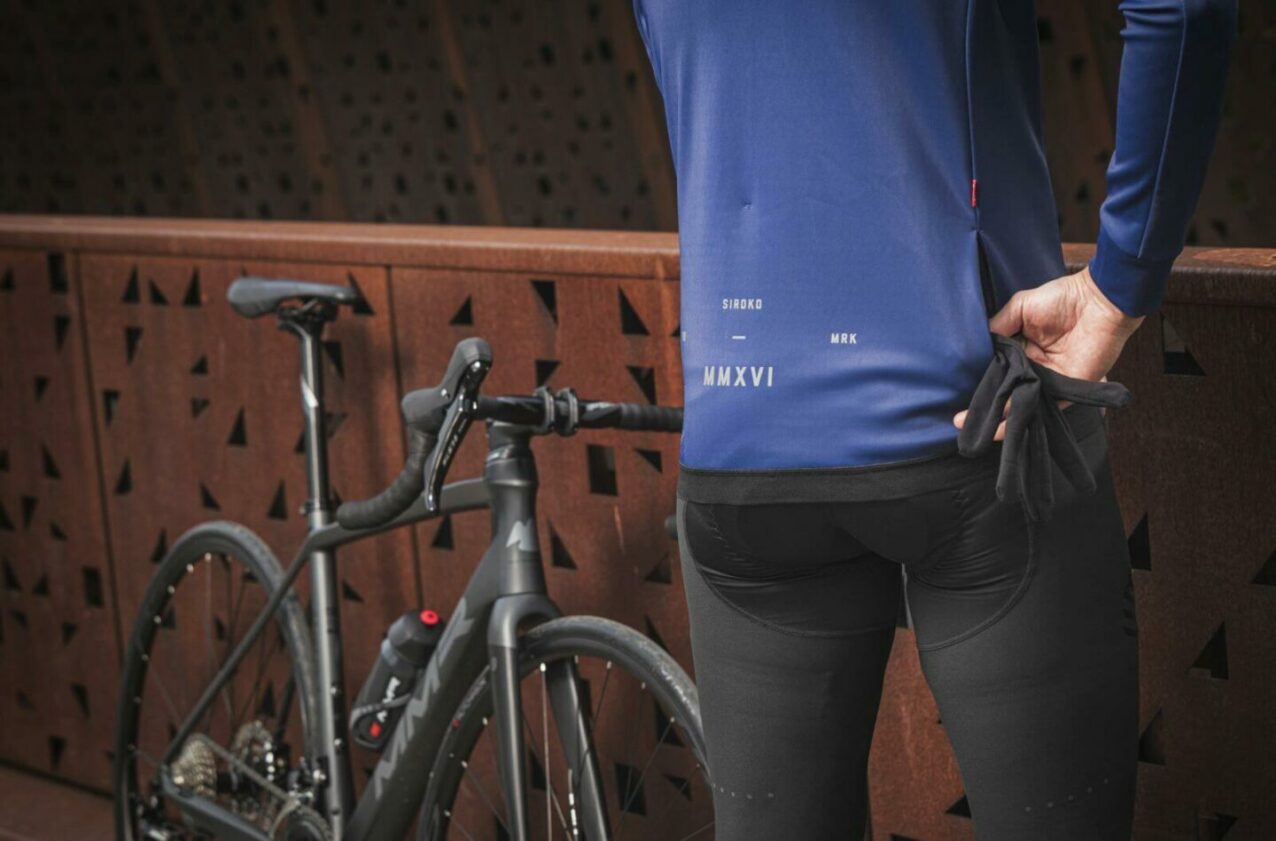
Being extra careful and well-informed is crucial also in this field.
- Do not park the bike with only one point of support. Even if it seems safe, the wind or some random movement might push the bike.
- Watch out for poles, lampposts and trees. A slight movement can scratch the frame paint and carbon.
- When parking on a slope, position the bicycle facing upwards and use two points of support (rear wheel and handlebars).
- Ideally, there should be a designated bicycle parking rack, but if there isn’t, make sure there are two points of support on a flat surface. As a last resort, carefully lay the bike on the ground on its non-drive side (the one without gears).
- When storing and transporting your bike, avoid high temperatures. Do not leave your bike out in direct sunlight, inside a car, next to the heater, etc.
- Do not leave your bicycle outdoors. Especially if you live near the sea. If you have no other choice, protect it with a cover to avoid exposure to humidity, dirt and corrosion caused by salt air.
- In transport, secure the bicycle well and protect the frame with pieces of foam at the mounting points.
- Do not tighten the clamps of the mounting points too much as it may damage the carbon.
- Make sure there is no slack and that the frame does not come into contact with the rack, vehicle, other bicycles or luggage. If there are contact points, use padding to protect them.
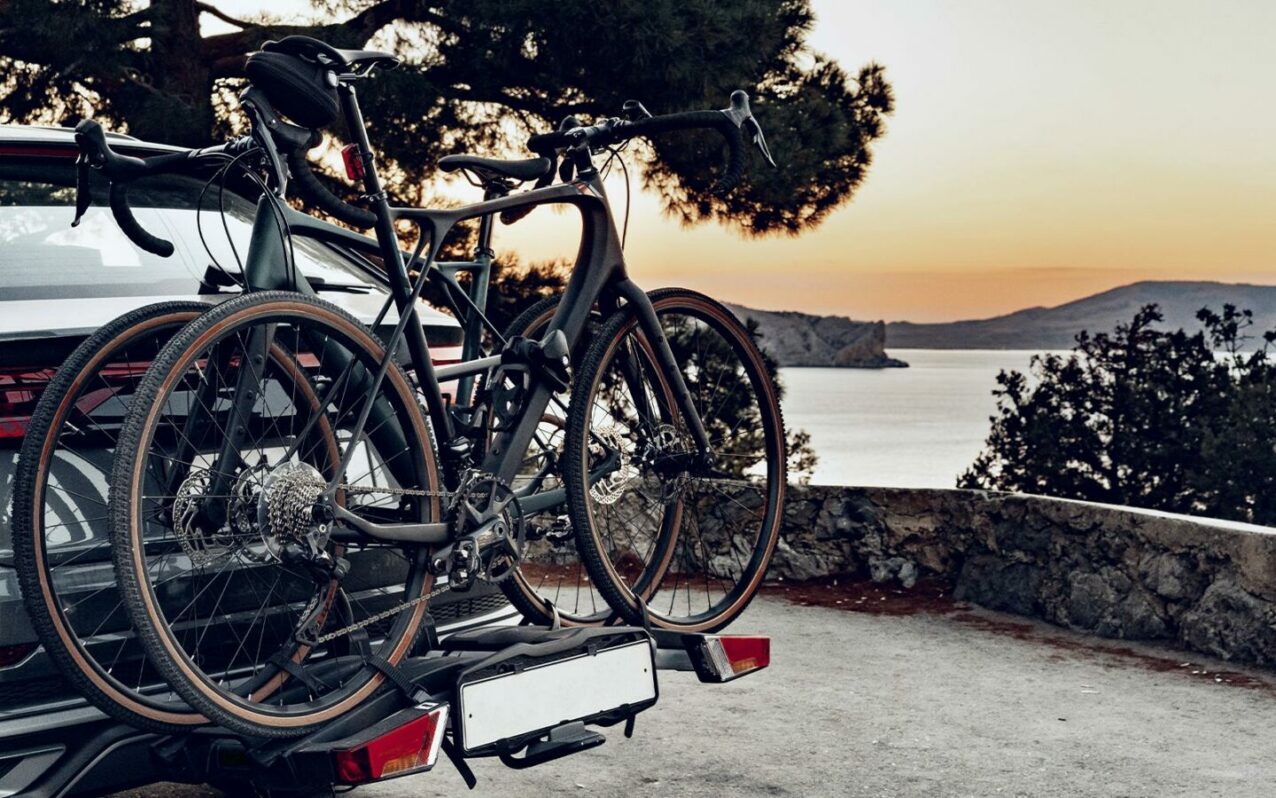
Protect the frame
Not all bikes are affected in the same way. A frame will need different levels of protection, depending on the type of cycling, your riding style, the style and design of the bike, and the terrain you ride on. A road bike with internal cable routing, used on generally clean surfaces, needs little protection, while an enduro model requires quite a lot of care and attention.
Bike areas most exposed to wear and damage are as follows:
- Chainstay on the drive-side can be affected by the chain hitting it when going over bumps, especially offroad. Although it is more common for the chain to come off the chainring and fall onto the chainstay.
- Bottom bracket area. When the chain comes off the chainring and falls inwards, immediately stop pedaling to prevent it from getting caught between the frame and the chainring. If you keep pedaling, you can damage the carbon structure. In MTB, gravel and cyclocross, the damage can also be caused by dirt spewed by the wheel. When there is a lot of mud, it can slow the wheel down and scratch the bottom bracket.
- Cable rub. Many current bikes feature internal cable routing, but others still have the cables on the outside which can rub against the frame. The contact points should be protected with frame protection stickers or cable ties.
- Down tube. This area is particularly affected in off-road disciplines by fine gravel or stones thrown up by the front wheel. The more hardcore the terrain, the greater the protection must be.
- Top tube. The danger in this area comes from the handlebars or the gear and brake levers. If you have a crash or the bike falls over, the tube can get a major scratch, a dent or a ding.
- Bikepacking panniers, mudguards and other frame-mounted accessories can wear the paint and damage the bicycle frame if we are not careful. Use protection stickers or tape.
As a matter of fact, any part of the frame can suffer some type of damage. That’s why there are full bike protection kits available on the market that stick to the frame acting as a protective shield. They are highly recommended if you practice off-road disciplines and want to keep your bike in the best possible condition. If you simply want to protect the frame from cable rub damage or focus on some specific areas, you can get sets of stickers. Other options are: rubber sleeves for the cables, neoprene chainstay protectors, hard plastic protectors…
Clean and touch up frame surface
Cleaning a carbon frame is pretty straightforward. Use warm water, soap and soft brushes. Before applying degreaser, make sure that it is valid for carbon bikes because some are not.
If you sweat a lot and do indoor cycling, clean and dry the bike well to avoid corrosion due to salt and acidity from your sweat, especially in the slots and screws.
When drying the bike, check the frame for damage. See if the rag snags somewhere. If you detect a chip, scratch or peeling, use clear nail polish to seal it and stop it from going any further.
Proper maintenance and installation
If you are your own mechanic and you repair breakdowns and install new components, consider the following recommendations:
- Do not clamp the frame to the repair stand. Use the seatpost and, if the seatpost is made of carbon, make sure the clamp is not too tight.
- Choose the right tools for each element. Above all, use the torque wrench to perform the recommended tightening.
- Use the grease and assembly paste recommended by the manufacturer for each component and each area of the frame.
If you don’t own the right tools and have no idea about mechanics, take the bike to the store to save time and trouble.
Overhaul and repair
Besides the routine inspection when drying the bike, it is recommended to perform a thorough inspection periodically. Especially when you hear noises that were not there before. They may come from a component, but it is always better to be safe than sorry. Carbon does not last forever and sometimes the manufacturing and verification processes fail. Therefore, knowing the frame warranty period and its conditions is key.
When you fall, have an accident with another vehicle or any other serious crash, and the bike has no visible damage, it is best to stop using it and take it to a carbon bike expert for a thorough check. Unlike in the case of metal bikes, damage to a carbon frame might be invisible even to the trained eye and can show up suddenly. If the qualified professional finds evidence of damage, they will usually advise whether a repair is possible, how much it would cost and what the end result would be. In many cases, repairs are not worthwhile and it is better to replace the frame.
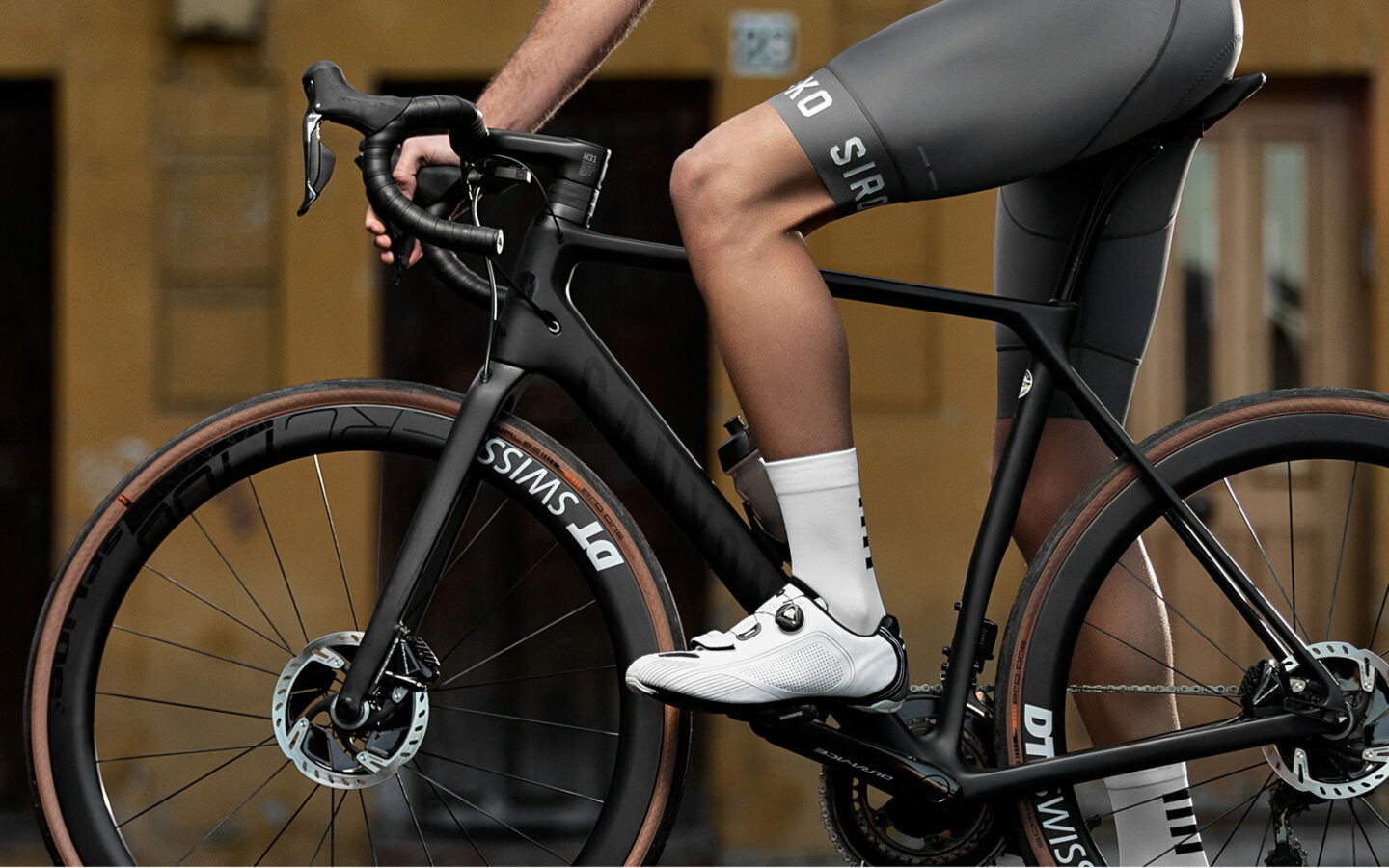

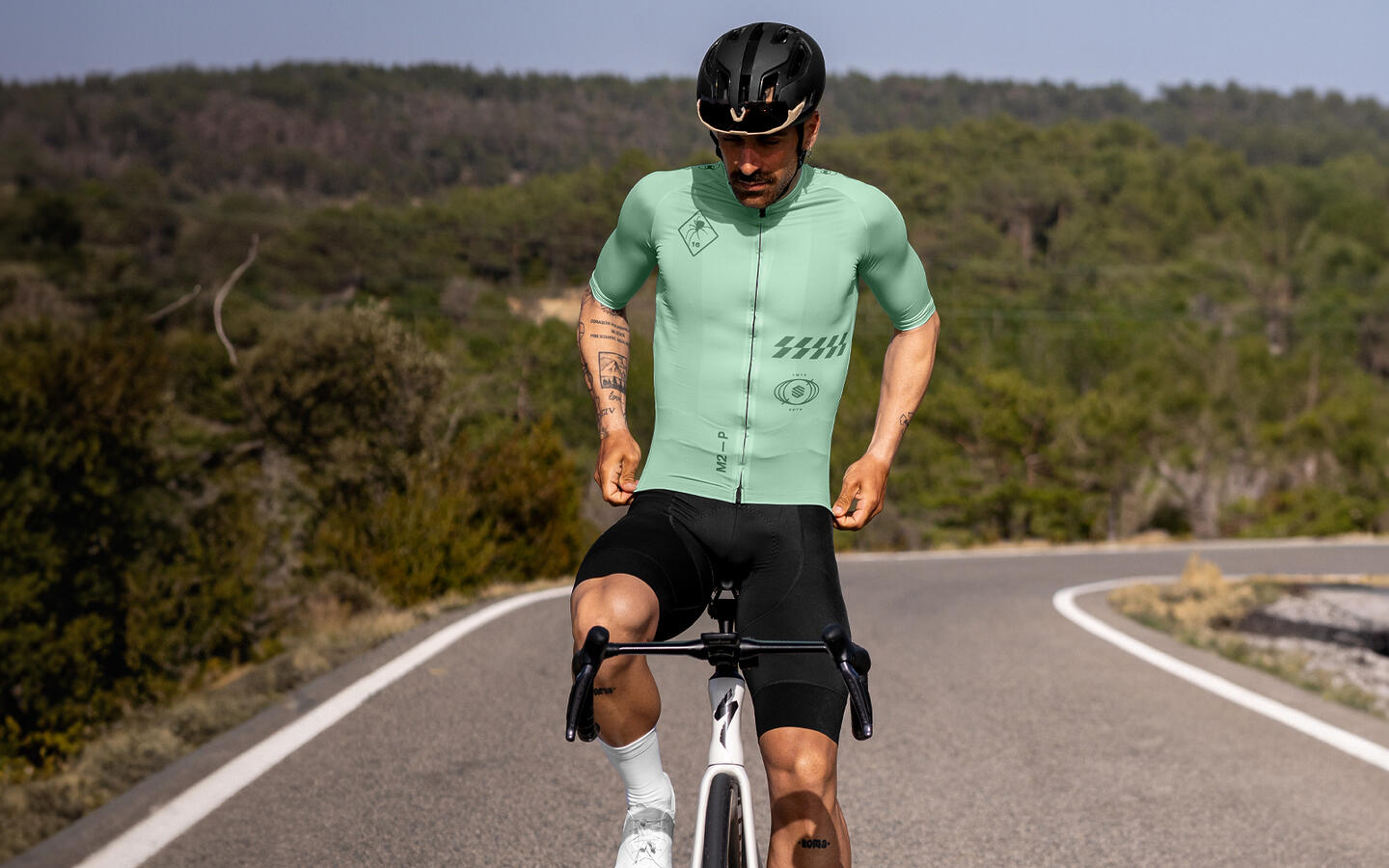

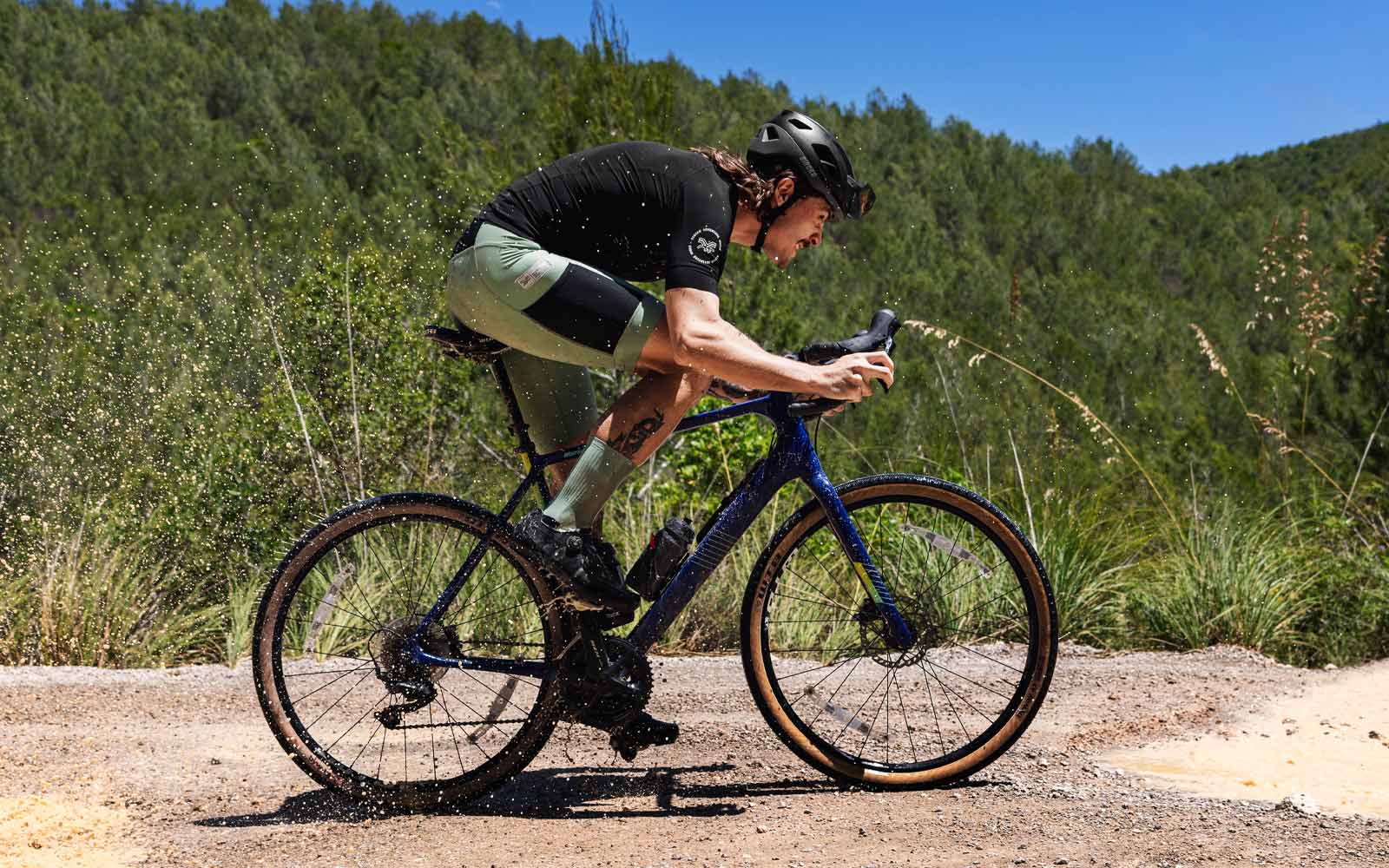
Pingback: Should I Buy a Carbon Enduro Mountain Bike? (Expert Openion)